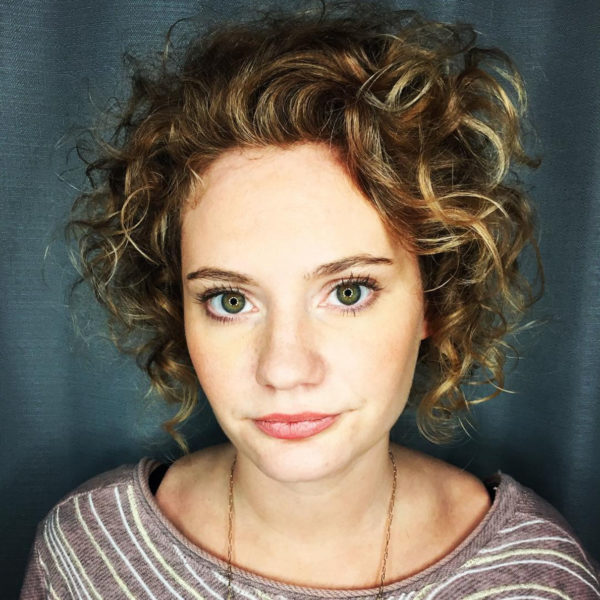Advertisement
At MASS MoCA, Artist Sean Leonardo's Exhibition Highlights Absence Left By Police Killings
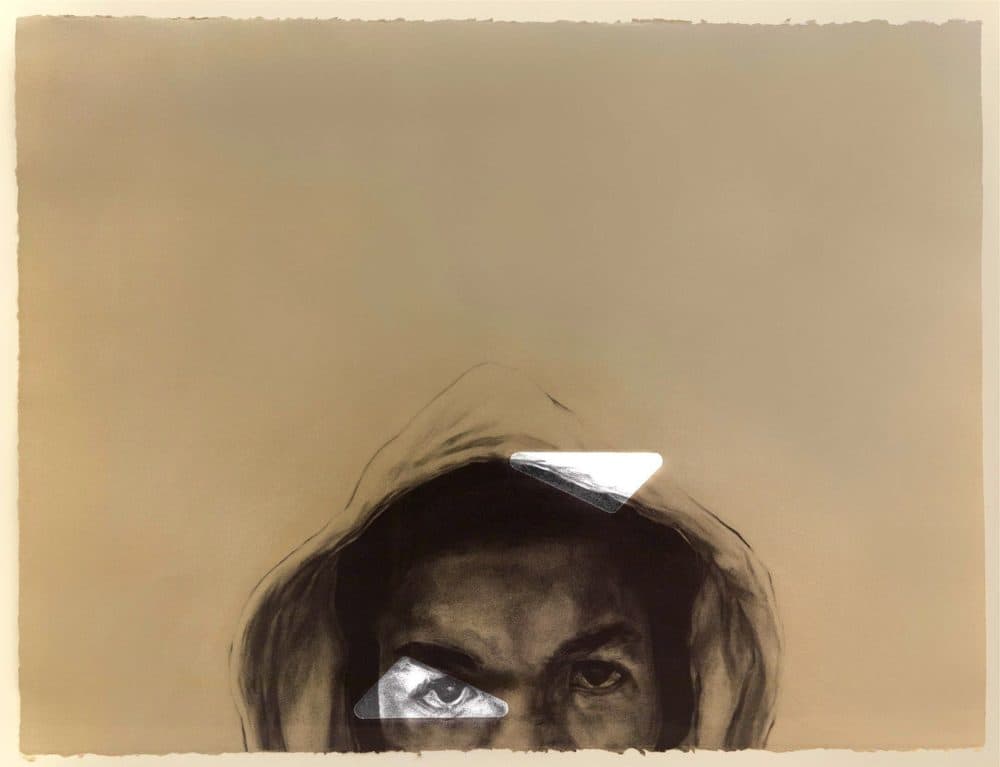
In early March, multidisciplinary artist Shaun Leonardo was preparing for his solo exhibition to be installed at the Cleveland Museum of Contemporary Art (mOca) when the museum’s director told him it would be canceled due to some concerns from the local community. The charcoal drawings that comprise his show, “The Breath of Empty Space,” depict images of police brutality and murder of Black and brown boys and men, and some Black activists told the museum they were concerned it would be retraumatizing.
The exhibition, which was independently curated by John Chaich, was just wrapping up a successful premiere at the Maryland Institute College of Art (MICA) when the artist got the news. Leonardo, who is Black and based in Brooklyn, was hurt and taken aback that white museum administrators made this decision without any discussion or opportunity for him to engage the community’s concerns. The museum provided no specifics to Leonardo, so he couldn’t even respond.
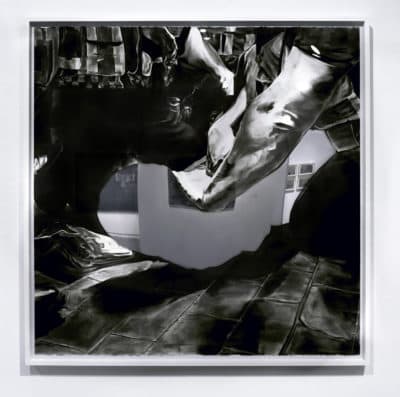
“As a practitioner, as someone who dedicates themself to this type of care and accountability — that judgment that has been levied against not just my practice but my personhood, I carried that sense of rejection for a long time. Particularly because I didn’t understand,” says Leonardo.
The show wasn’t set to open until June, but the cancellation happened just days before the COVID-19 pandemic shuttered museums and left most of the world sheltered in place. Leonardo was in the epicenter of the U.S. outbreak, and he says the virus immediately affected him personally. His exhibit and the pain of its cancellation would have to take a backseat to taking care of his family, so he said nothing for over a month.
Leonardo says his work is meant to create the space for these hard and necessary reflections on the police and the communities they seek to control through deadly violence. In this “act of censorship,” as he calls it, the museum suffocated dialogue and reflection that Leonardo says is necessary for healing.
“It was the inability or unwillingness to open up the conversation that was the major failure,” says Leonardo. When he finally did speak out, he was met with support, and Jill Snyder, mOca’s director, stepped down after offering a public apology.
The events that have unfolded in this country since the show was canceled demonstrate how desperately these conversations and healing need to commence. The murders of Ahmaud Arbery, George Floyd, Breonna Taylor, Elijah McClain, Tony McDade and many others have sparked outrage and protests across the country, which have in turn attracted more police and more murders.
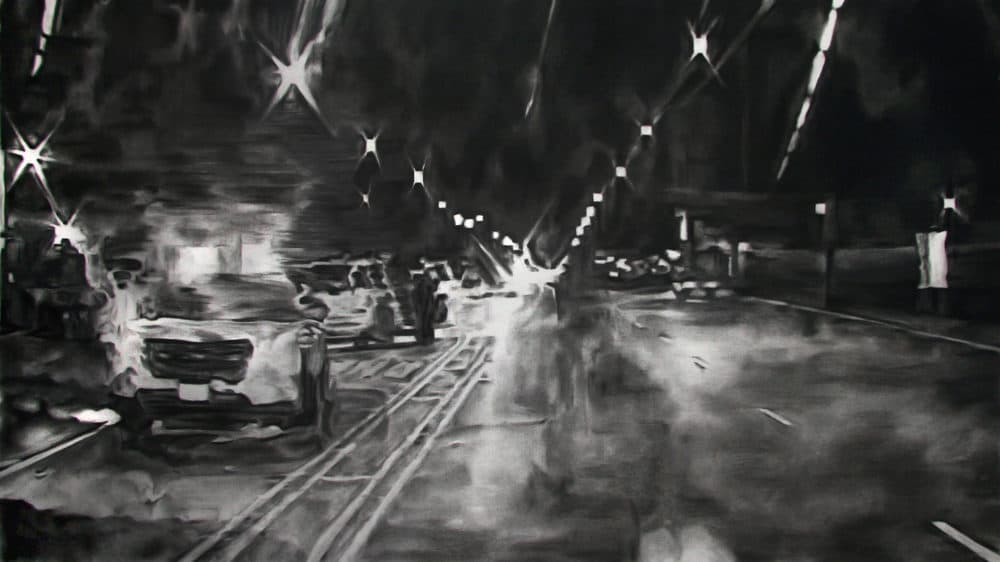
In late August, the Massachusetts Museum of Contemporary Art (MASS MoCA) announced that they would house the exhibit and work with the artist to facilitate community-based programming around his work and the work of the Black Lives Matter movement. Laura Thompson, director of education at Mass MoCA and the exhibition’s curator, has teamed up with Leonardo at the North Adams museum before and says this show exemplifies why she’s drawn to his work and message. So she called him when she heard the news about the Cleveland cancelation and asked if MASS MoCA could host the exhibition and engage the community with supplemental programs on art and racial justice.
“Institutions all across the nation are making these statements about Black Lives Matter. We made a statement, but now we’re going beyond that,” says Thompson. “We're making a commitment to maintaining a level of conversation around institutional issues.”
As part of their efforts to engage the community, MASS MoCA is launching a teen social justice curriculum. They’re offering a stipend to 10 local teams who will work with Leonardo to develop a syllabus on the Black Lives Matter movement which will be given to classroom teachers to implement.
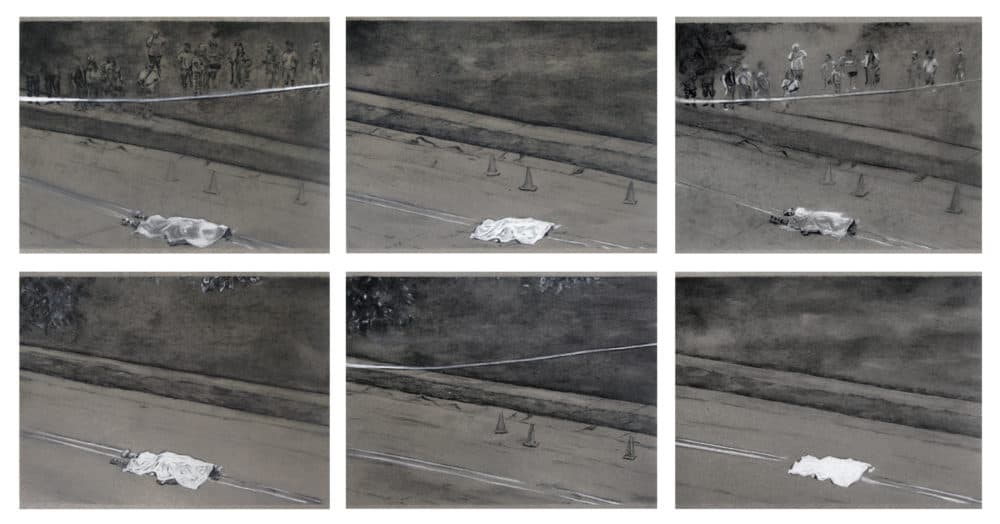
Leonardo says that this is the kind of work he had hoped to do in Cleveland, and he worries that censorship is keeping the country from moving forward. He wonders where these spaces exist if not in museums? “Because I don't know of any other social sphere that allows for the complexity and nuance to dive into these conversations properly and with intention.”
His work begs audiences to sit in uncomfortable territory without clear resolutions. “Peek into the messiness and ugliness of our existence. That is what's going to propel us forward.” We must carve out the space for acceptance, he says, because the road ahead will also have ugliness.
The scenes recreated in “The Breath of Empty Space” are not an exact replica of the mainstream and social media depictions that bombard the public consciousness. Instead, they are meditations on the moments that for Leonardo cut through the noise and settle deep within. He says the process is a conversation between the self, the victims, and the personal and collective trauma these events cause.
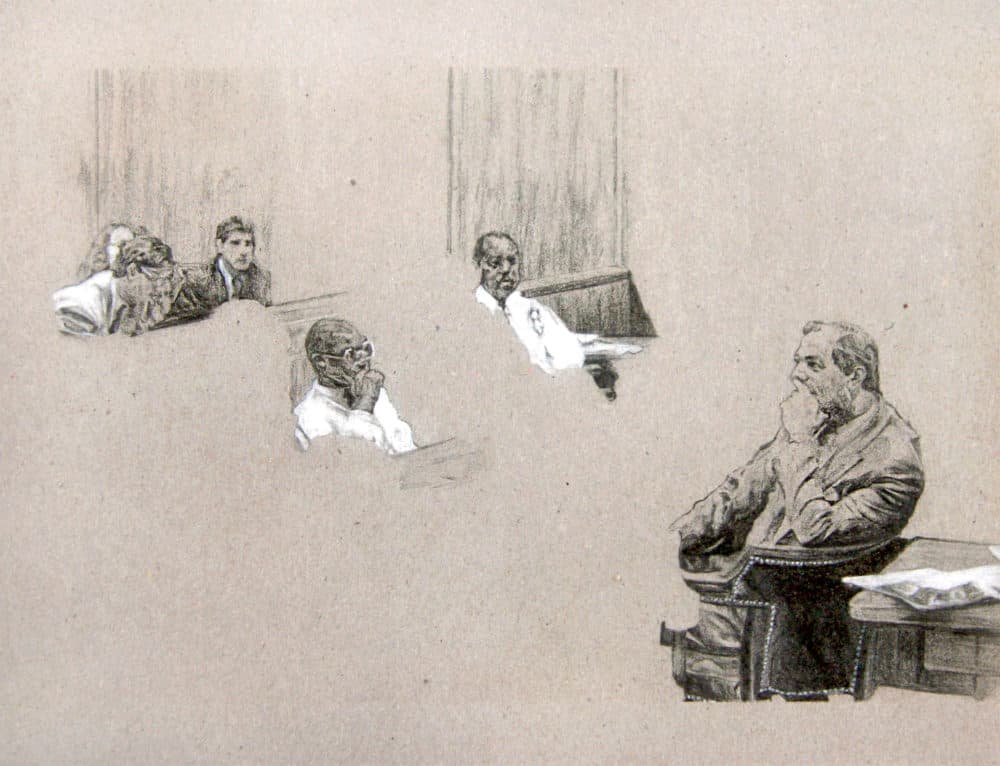
“There's certain footage that I don't see the ability to create that literal and metaphorical room, but there's others that call me to them.” He says sometimes that’s the frame before the killing, or it’s an image that conjures up his own pain and that of the viewer. He employs different visual techniques like removing isolating details and adding mirrored tint in order to point to the absence of the lives lost and implicate the onlooker. “I sort of live with the image, and the act of drawing allows me to grapple with it on different terms.”
The exhibition is on display at MASS MoCA through Dec. 22 before traveling to the Bronx Museum. Leonardo says he hopes that audiences will draw their own conclusions. “Go see the work, plain and simple. Develop your impression and see what you see.”
